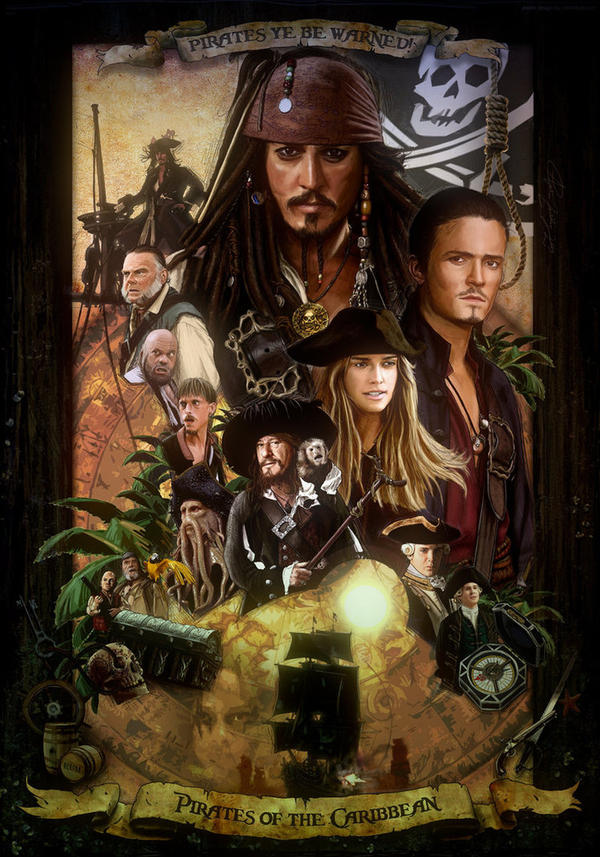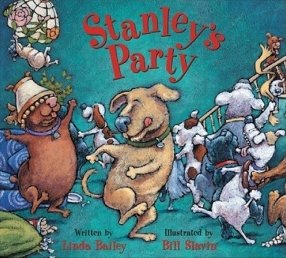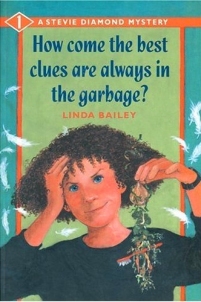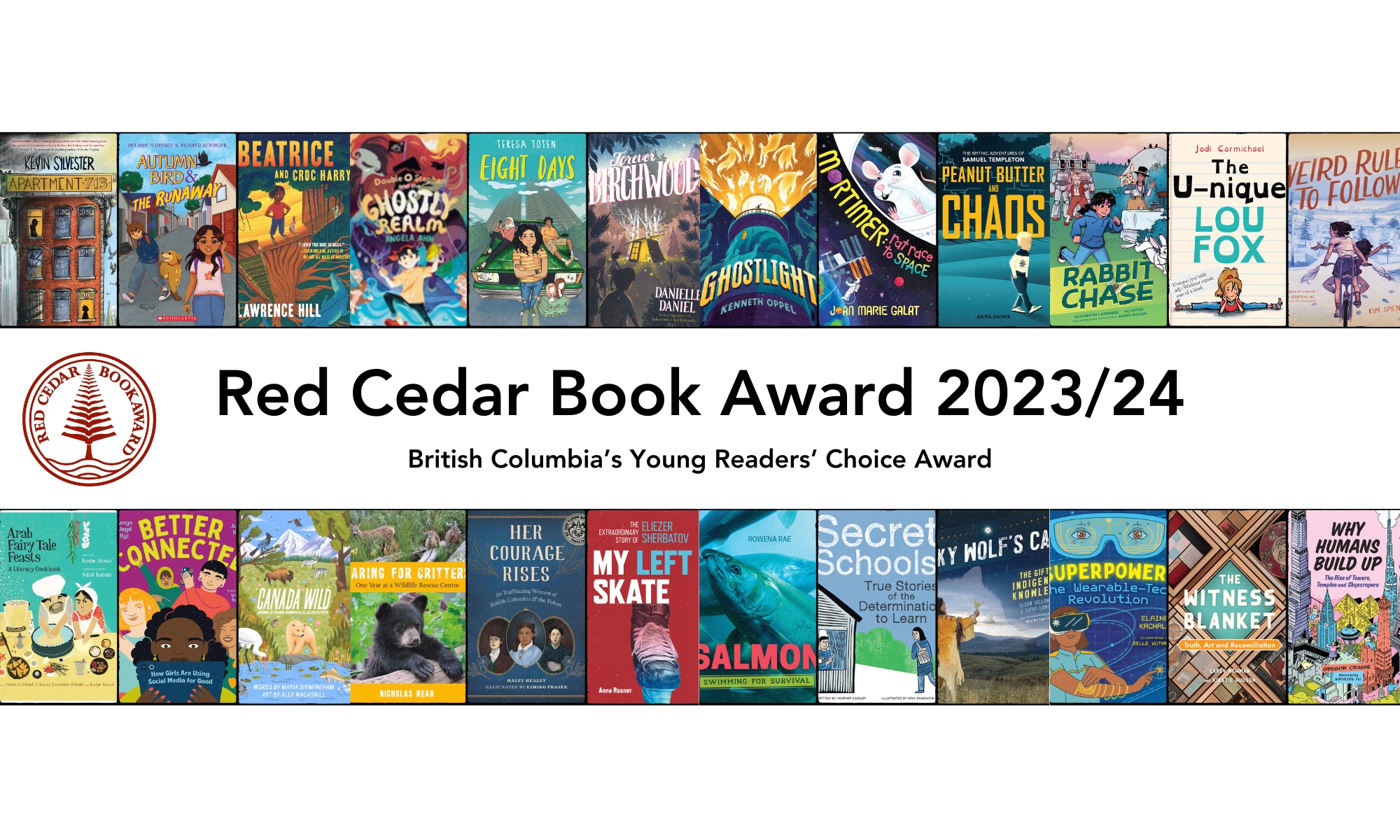 Students from Mile 108 got more than they bargained for when they sent interview questions to Linda Bailey, author of the pirate tale Seven Dead Pirates. Linda was joined by a…. ummm…. special guest in answering their thoughtful questions.
Students from Mile 108 got more than they bargained for when they sent interview questions to Linda Bailey, author of the pirate tale Seven Dead Pirates. Linda was joined by a…. ummm…. special guest in answering their thoughtful questions.
Ahoy, Lynn McArthur and her pirate crew! I hear ye be a scurvy band of scoundrels, bold and brave and quick with a sword, afeared of nothing on land or sea, excepting maybe . . . them things that goes so fast on the roads?
CARS! Aye! Stay away from them carrrrrs, mateys. That’s my advice. I says ye should xfpr z ttt
LB: Dear Mile 108 readers,
Oh gosh, I am SO sorry! That was Captain Crawley, taking over my computer again. I just kicked him out of this message. So now you can talk to me — Linda Bailey, the author. Whew! I am so glad to meet twelve Red Cedar readers from Mile 108 Elementary, and I am very happy to answer your questions.
 M108E: How did you come up with all the pirate names?
M108E: How did you come up with all the pirate names?
LB: Naming pirates is so much fun. (Try it! You’ll see.) But the truth is — I had help from my boyfriend. Just before I started writing Seven Dead Pirates, Maurice and I went on a long driving trip and spent hours sitting in the car. I told him I needed pirate names, and we started to brainstorm. He had some fantastic suggestions — including my favourites, Barnaby Bellows and Jack the Rat. If you look at the last paragraph of the last page of the book (in the acknowledgements), you will see where I thanked him.
M108E: What inspired you to write the book? Where did you get your idea from?
LB: There were a lot of inspirations. When I was a kid, I was shy — not quite as shy as my character Lewis, but I almost never spoke up in class. So that’s part of it. Later when I was in my 20s, I traveled by ship across both the Atlantic and Pacific Oceans, and I came to love the sea. And that’s in the book too. Also, I have always wanted to write a ghost story. All these bits came together in Seven Dead Pirates.
 M108E: Why did you chose pirates?
M108E: Why did you chose pirates?
LB: Arggh! Who doesn’t love a good pirate story? But actually, I have often wondered myself about why that is true. Why are pirates so interesting in books and movies? I think it’s because they’re rebels. They break the rules. In our everyday lives, we have to obey dozens of rules every day, right? Brush your teeth, wait in line, stop at stop signs. This is good because it helps us to survive and have friends. But sometimes we get tired of rules — and that’s when we love to read about a rip-roaring pirate who never brushes his teeth, never waits in line and knocks over all the stop signs. A rebel story allows us to break the rules . . . in our imaginations.
 M108E: Was the setting based on a real place?
M108E: Was the setting based on a real place?
LB: Not really. The setting is a little town in Nova Scotia called Tandy Bay. I did travel in Nova Scotia, driving along the coast and stopping in small towns. And here in Vancouver where I live, there’s a museum with a huge ship inside that gave me the idea for the Tandy Bay Museum. But a real Tandy Bay? No, I made that up.
 M108E: Are any of your characters based on people you know? Where did Lewis come from? Where did Abbie come from?
M108E: Are any of your characters based on people you know? Where did Lewis come from? Where did Abbie come from?
LB: My characters are never based on people I know. Except maybe . . . me? I feel that I have to get inside all my characters to write them. I have to feel what it’s like to be them. So Lewis was easy because I used to be a shy, sensitive kid. Abbie was more the girl-I-wanted-to-be (outgoing and sociable). But the most fun I had was writing Jack the Rat — I had to imagine how it would feel to be constantly out of control and in a sputtering, foaming rage.
 M108E: How long did it take you to write The Seven Dead Pirates?
M108E: How long did it take you to write The Seven Dead Pirates?
LB: Years and years! About 18 years altogether from the time I started till the time it was published. I wrote it in dribs and drabs, off and on, while writing other shorter books — the Stanley-the-dog stories, The Farm Team, Goodnight Sweet Pig, If Kids Ruled the World, If You Happen to Have a Dinosaur and so on.
M108E: When did you start writing?
LB: Not till I was about 30. Before that, I was too busy reading. In fact, I liked reading so much, and admired writers so much, that I was afraid to try writing myself. What if my stories were terrible? I had to creep up on it. (And here’s a secret. My first stories were kind of terrible. But they got better. Writing is a skill that, like piano playing, gets better the more you practice.)
 M108E: When was your first book published and what was it called?
M108E: When was your first book published and what was it called?
LB: My first book was How Come the Best Clues Are Always in the Garbage? It was a humorous mystery novel about a girl named Stevie Diamond, and it was the start of a seven-book series.
M108E: How many books do you write in a year?
LB: That depends. I’m usually working on a number of different books in any year — some longer, some shorter. So in a year, I might finish one? Two? Even three? But they are different kinds of books.
M108E: Where do you do your best writing?
LB: On my couch. I have a big comfy couch with lots of interesting pillows. I LOVE my couch!
M108E: What do you do when you get writers block?
LB: I don’t get writer’s block. I think writer’s block is when you can’t think of any ideas. My solution to that is to always be watching for ideas and to collect them in a computer file as they come along. Also, if I ever get stuck in the middle of a story, I just start asking myself questions. My favourite questions are the ones that start with “What if . . .?” They usually get me going again
M108E: How many rough copies do you generally have to do before your book get published?
LB: Oh gosh, so many. Probably at least 10 to 20 drafts before a book is ready to go to the publisher. And then the publisher asks for changes, and that is 3 or 4 more drafts before we’re done.
Thank you for writing, Mile 108 Pirates/Readers. It’s been fun talking to you! Happy reading!
–Lynn McArthur, Teacher-Librarian, Mile 108 Elementary School and friends
 We are super excited that Tanya Lloyd Kyi, author of the fascinating book DNA Detective, will be at the Red Cedar Gala at Vancouver Public Library on May 6. Ahead of her appearance, students from Manoah Steves Elementary interviewed her and asked her some thought-provoking questions.
We are super excited that Tanya Lloyd Kyi, author of the fascinating book DNA Detective, will be at the Red Cedar Gala at Vancouver Public Library on May 6. Ahead of her appearance, students from Manoah Steves Elementary interviewed her and asked her some thought-provoking questions. MSE: Why did you name the DNA Scientists Genetic rock stars?
MSE: Why did you name the DNA Scientists Genetic rock stars? MSE: Why did you start writing books?
MSE: Why did you start writing books?

 Harmoney Hachey of Signal Hill Elementary felt a strong connection to Sharon Jennings’
Harmoney Hachey of Signal Hill Elementary felt a strong connection to Sharon Jennings’  SJ: Before I answer your first question, I’ll explain a bit about Dots. I don’t know if you have seen the book, Home Free. Leanna tells the story about meeting Cassie when she moves in next door. By the end, she finds out that Cassie isn’t an orphan, but she still doesn’t know the whole story.
SJ: Before I answer your first question, I’ll explain a bit about Dots. I don’t know if you have seen the book, Home Free. Leanna tells the story about meeting Cassie when she moves in next door. By the end, she finds out that Cassie isn’t an orphan, but she still doesn’t know the whole story. H: How long did it take you to write Connecting Dots?
H: How long did it take you to write Connecting Dots? My father died when I was 16, so I understood what Leanna felt. I also wanted to be an orphan like Anne Shirley – my very favourite book! I had some Irish relatives and they were as awful as the characters in the story – mean, biased – and one aunt knit me a sweater and called me a monkey because my arms were ‘too long’.
My father died when I was 16, so I understood what Leanna felt. I also wanted to be an orphan like Anne Shirley – my very favourite book! I had some Irish relatives and they were as awful as the characters in the story – mean, biased – and one aunt knit me a sweater and called me a monkey because my arms were ‘too long’. I am going to Vancouver for the awards ceremony – even if I don’t win! It is important to me to meet my readers and answer even more questions. I also love to inspire others to think about writing. I wrote my first school play in grade 4 and haven’t stopped.
I am going to Vancouver for the awards ceremony – even if I don’t win! It is important to me to meet my readers and answer even more questions. I also love to inspire others to think about writing. I wrote my first school play in grade 4 and haven’t stopped. Students from Mile 108 got more than they bargained for when they sent interview questions to Linda Bailey, author of the pirate tale
Students from Mile 108 got more than they bargained for when they sent interview questions to Linda Bailey, author of the pirate tale  M108E: How did you come up with all the pirate names?
M108E: How did you come up with all the pirate names? M108E: Why did you chose pirates?
M108E: Why did you chose pirates? M108E: Was the setting based on a real place?
M108E: Was the setting based on a real place? M108E: Are any of your characters based on people you know? Where did Lewis come from? Where did Abbie come from?
M108E: Are any of your characters based on people you know? Where did Lewis come from? Where did Abbie come from? M108E: How long did it take you to write The Seven Dead Pirates?
M108E: How long did it take you to write The Seven Dead Pirates? M108E: When was your first book published and what was it called?
M108E: When was your first book published and what was it called? SSE: What gave you the idea to write this book?
SSE: What gave you the idea to write this book? EHPE: What inspired you to write the book, The Nest?
EHPE: What inspired you to write the book, The Nest? KO: The biggest influence for The Nest was very personal: the birth of our third child 11 years ago. She was born with Down syndrome, and it really made me re-evaluate how we look at what normal is and what that means. Is it possible for anyone to be truly normal? Is it a certain model of behaviour we must all try to live up to? All of us have weaknesses, flaws, things that make us “less than.” It made me think about how we value people, and how we look at who’s worthy, who’s lovable. For sure I was drawing on my own experiences for the emotional core of this book, because at the beginning when you have a baby who’s “different,” there’s so much you don’t know. There’s surprise, there’s worry, there’s questioning about what her prospects were going to be.
KO: The biggest influence for The Nest was very personal: the birth of our third child 11 years ago. She was born with Down syndrome, and it really made me re-evaluate how we look at what normal is and what that means. Is it possible for anyone to be truly normal? Is it a certain model of behaviour we must all try to live up to? All of us have weaknesses, flaws, things that make us “less than.” It made me think about how we value people, and how we look at who’s worthy, who’s lovable. For sure I was drawing on my own experiences for the emotional core of this book, because at the beginning when you have a baby who’s “different,” there’s so much you don’t know. There’s surprise, there’s worry, there’s questioning about what her prospects were going to be.  EHPE: Do you have a new book coming out soon? Can you tell us something about it?
EHPE: Do you have a new book coming out soon? Can you tell us something about it? Colossal Canada: 100 Epic Facts and Feats, by Elizabeth Macleod and Frieda Wishinsky
Colossal Canada: 100 Epic Facts and Feats, by Elizabeth Macleod and Frieda Wishinsky